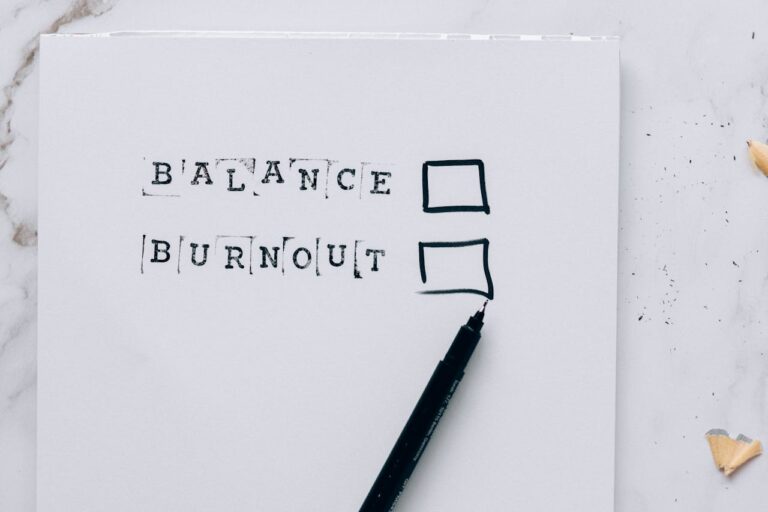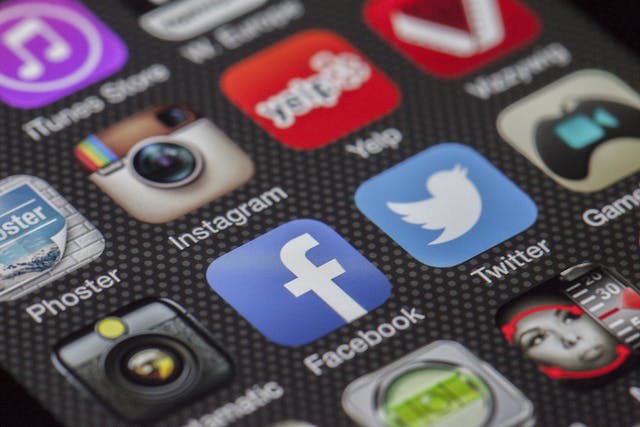Write Us: hello@ali5.org
How to Stop Emotional Eating Without Going on a Diet
Tired of eating your feelings? Discover how to stop emotional eating without dieting. Practical tips to regain control and build a healthier relationship with food.

Emotional eating isn’t really about hunger. It’s about looking for comfort, distraction, or relief, and food just happens to be the easiest thing within reach. It’s that tub of ice cream after a rough argument. The bag of chips when work emails won’t stop. Sometimes it’s even a reward: “I crushed that presentation, I deserve cake.”
And for a few minutes, it works. Your brain gets a hit of pleasure, and your shoulders relax. But then? Guilt. Frustration. That familiar sense of “why did I do that again?”
Here’s the thing: going on another diet isn’t going to fix this. Diets are all about controlling what you eat, not addressing why you’re eating in the first place. They can make emotional eating worse because restriction makes the urge for comfort foods even stronger.
The real fix? Learning what triggers you, building other ways to cope, and creating a relationship with food that isn’t run by your emotions. Let’s go step-by-step.
1. Know the Difference Between Physical and Emotional Hunger
Physical hunger creeps up slowly. You could eat almost anything, you feel satisfied once you’re full, and you can move on with your day.
Emotional hunger is impatient. It shows up fast, demands a specific food, and ignores your fullness cues.
Before eating, try asking yourself:
-
How fast did this hunger come on?
-
Am I craving a very specific texture or taste?
-
Would a regular balanced meal satisfy me?
-
How will I feel afterward, content or guilty?
If most answers point toward urgency, specific cravings, and guilt, you’re probably dealing with emotional hunger.
2. Find Your Triggers
Emotional eating rarely happens randomly. There’s usually a pattern.
Common triggers include:
-
Stress – “I need something to calm down.”
-
Boredom – “I need to do something… oh, snacks.”
-
Loneliness or sadness – “At least food won’t reject me.”
-
Celebration – “Let’s treat ourselves.”
Try keeping a simple food-and-mood log for a week. Jot down what you ate, how you felt before, and how you felt after. You’re not doing this to judge yourself, just to spot patterns you can work with.
3. Create a Non-Food Coping Toolkit
Once you know your triggers, you can start replacing food with something else that genuinely helps.
Some ideas:
-
When stressed: Take a short walk, stretch, journal, or just close your eyes and breathe for a minute.
-
When bored: Call a friend, start a puzzle, read a chapter of a book, reorganize a drawer.
-
When lonely or sad: Put on music that lifts you, text someone you trust, or write down what you’re feeling instead of eating it.
You might need to experiment. Not every coping tool will work every time. That’s normal.
4. Add a Pause
The moment you feel the urge to eat and suspect it’s emotional, hit the pause button. Just for a few minutes.
Drink a glass of water.
Take three slow breaths.
Ask yourself: What am I feeling right now?
You can still eat afterward if you want to, but this pause gives you a choice instead of letting the habit run on autopilot.
5. Practice Mindful Eating
When you do eat, whether it’s for physical or emotional reasons, be fully there for it.
-
Sit at a table instead of in front of a screen.
-
Notice the colors and smells before you take a bite.
-
Chew slower than usual.
-
Pay attention to when you start feeling satisfied.
Mindful eating makes food more enjoyable and helps you recognize when you’ve had enough.
6. Drop the “Good” and “Bad” Food Labels
Calling foods “bad” almost always backfires. You eat them, feel guilty, and that guilt pushes you toward more emotional eating.
Instead, think of food in terms of balance. Everything can fit. That doesn’t mean eating pizza every night; it means you can have pizza without turning it into a guilt spiral.
When you give yourself full permission to eat, the “forbidden” foods lose some of their power.
7. Solve the Real Problem
Food is often just a shortcut to deal with something else. If you’re constantly snacking because you’re stressed at work, the real fix might be learning to set boundaries or delegating tasks, not banning chocolate from the house.
If you’re lonely, no meal plan will help as much as building real connections.
Ask yourself: “What is food doing for me right now?” Then find a non-food way to meet that need.
8. Cover Your Basic Needs First
Sometimes what feels like emotional eating is just your body protesting neglect.
-
Are you sleeping enough?
-
Eating balanced meals at regular times?
-
Drinking enough water?
-
Moving your body in a way that feels good?
When those basics are in place, you have more bandwidth to handle emotions without automatically reaching for snacks.
9. Expect Relapses and Learn From Them
You’re human. You’ll have days where you eat your feelings. That’s not failure, it’s part of the process.
Instead of beating yourself up, ask:
-
What triggered me?
-
What could I try differently next time?
-
How can I care for myself right now without punishment?
Progress isn’t about perfection. It’s about bouncing back quicker each time.
10. Ask for Support if You Need It
If emotional eating feels deeply rooted, maybe tied to old wounds, trauma, or mental health struggles, it might take more than self-help strategies. A therapist, counselor, or registered dietitian can help untangle the deeper layers.
Support can also be informal: a friend who listens without judgment, or a group where people are working toward the same goal.
Final Word
Stopping emotional eating isn’t about superhuman willpower or the latest diet trend. It’s about slowing down, paying attention, and responding to what you’re feeling instead of reacting automatically.
It’s not about banning comfort food forever. It’s about choosing it consciously instead of using it to dodge an emotion you don’t want to face. When you start listening to both your body and your emotions, food stops being the enemy and becomes… just food.







